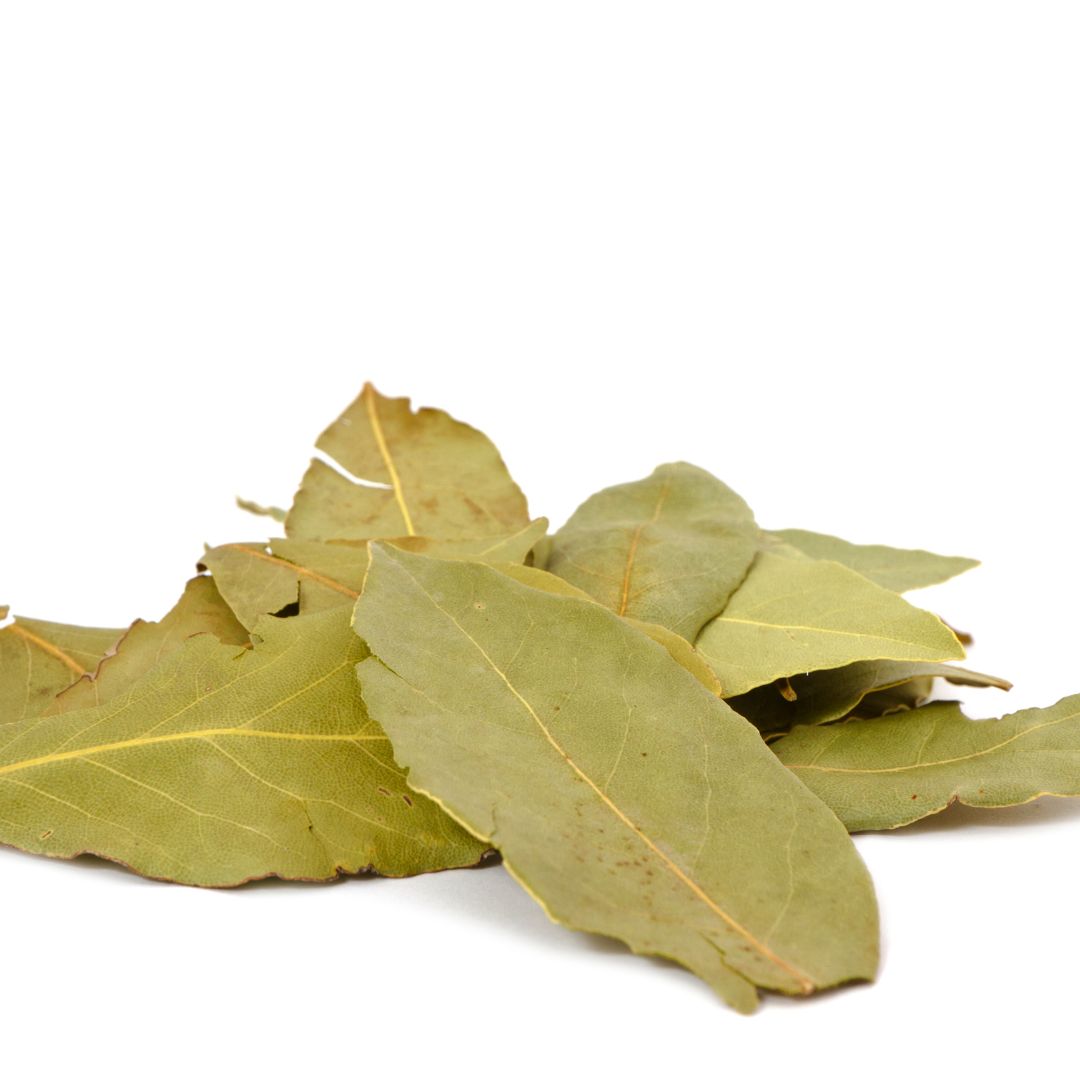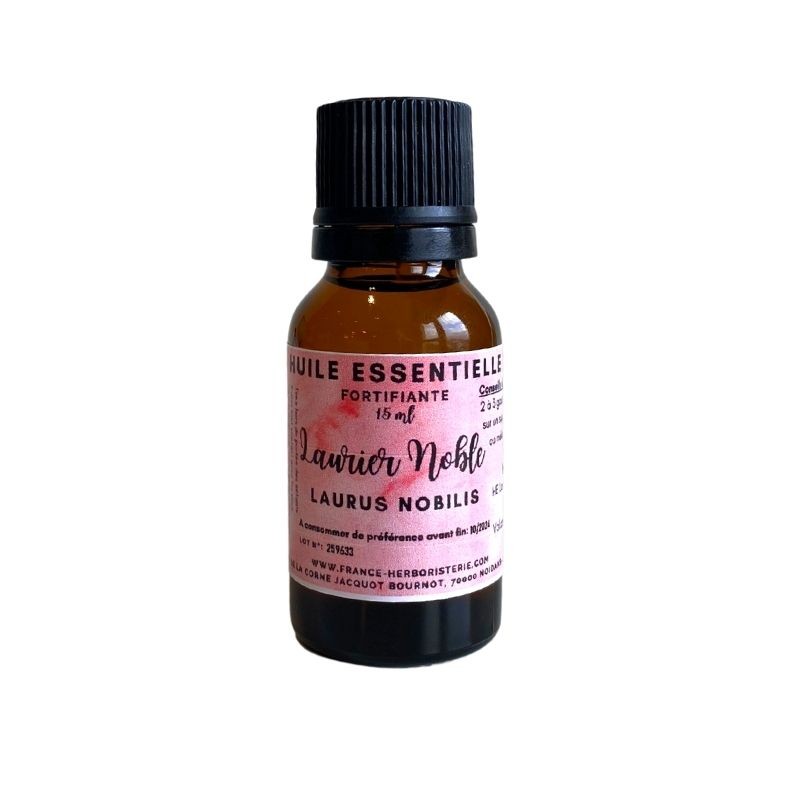
Laurel: its uses and benefits
3 key points:
-Protects the body against the effects of free radicals, particularly those caused by alcohol, stress and exposure to UV rays -Great help in cases of nutrient deficiency -You can also use the leaves to flavor veloutés, stews, ratatouille and other Provençal and Mediterranean specialties A must in cooking, bay leaves are also a key ingredient in phytotherapy. Packed with active ingredients, the leaves of this shrub promote our well-being. Like all plant extracts used in phytotherapy, bay leaf extracts are available in a variety of formats.
How can you tell the difference between laurel and noble laurel?
Laurel is an aromatic shrub in the Lauraceae family. Up to 10 meters tall, it has a dark-barked trunk and evergreen foliage. Its tough, lanceolate leaves have wavy edges. Up to 10 cm long, they are dark green and shiny on the upper surface. When crumpled, bay leaves give off a pleasant balsamic scent. It’s this scent that makes them a must-have in bouquets. Between March and May, the laurel is covered with small, creamy-white flowers growing in umbels. These flowers then give way to blackish, ovoid berries with oily pulp.
Planting is best done in spring. In the Mediterranean region, laurel is grown in light, well-drained soil. Its dense, evergreen foliage makes it an excellent sight-breaker. In cooler climates, laurel is best grown in pots. That way, it’s easier to protect it from excessive exposure to the sun, and possibly from the cold. As a hardy shrub, laurel fears low, even sub-zero temperatures. Moreover, this shrub lends itself well to semi-elaborate cuttings at the end of summer, as well as to layering, generally carried out in autumn.
The benefits of noble laurel for the body
In phytotherapy, bay leaves are used to increase the body’s physiological resistance to severe environmental conditions.
Rich in active ingredients, they protect the body against the effects of free radicals, particularly those caused by alcohol, stress and exposure to UV rays.
In addition, laurel is so rich in active compounds that it can be a great help in cases of nutrient deficiency.
To take advantage of these benefits, laurel is now available as a dietary supplement. Depending on your requirements, you can take the dietary supplements in capsule, tablet or dried extract form.
To prepare an infusion, macerate around 15 g of bay leaves in 1 liter of boiling water. The drink is drunk just after meals. However, we advise you to always consult the product instructions for use. We recommend that you scrupulously respect the dosage and preparation methods (infusion, decoction). Respecting the duration of the cure is also very important. It may last a few days or a few weeks, depending on the case. For your own well-being, always adopt a healthy lifestyle. A varied diet is also important.
In addition to its use in phytotherapy, fresh or dried bay leaves are also a common ingredient in cooking. They make up the bouquet garni used to flavor sauces and stews, including pot-au-feu. You can also use the leaves to flavor veloutés, stews, ratatouille and other Provencal and Mediterranean specialties.
Bay leaves are also a wonderful accompaniment to grilled meats, papillotes and pasta dishes. Putting a few bay leaves in your bag of rice also helps to perfume it before cooking. Whatever the dish, one or two noble bay leaves are all you need to add flavor. Remember to slip it into the preparation as soon as you start cooking, to allow the flavor and fragrance of the leaves to be released gradually.
Unlike other ingredients, bay leaves have the advantage of always being available. You can easily buy fresh bouquets at any time of year. To have leaves on hand, it’s possible to grow a plant in a small pot, or eventually, to cultivate it in the ground in your garden. To grow well, potted laurel needs regular but moderate watering. In fact, we recommend watering the shrub as soon as the soil dries out. For the well-being of your shrub, always empty the saucer.






